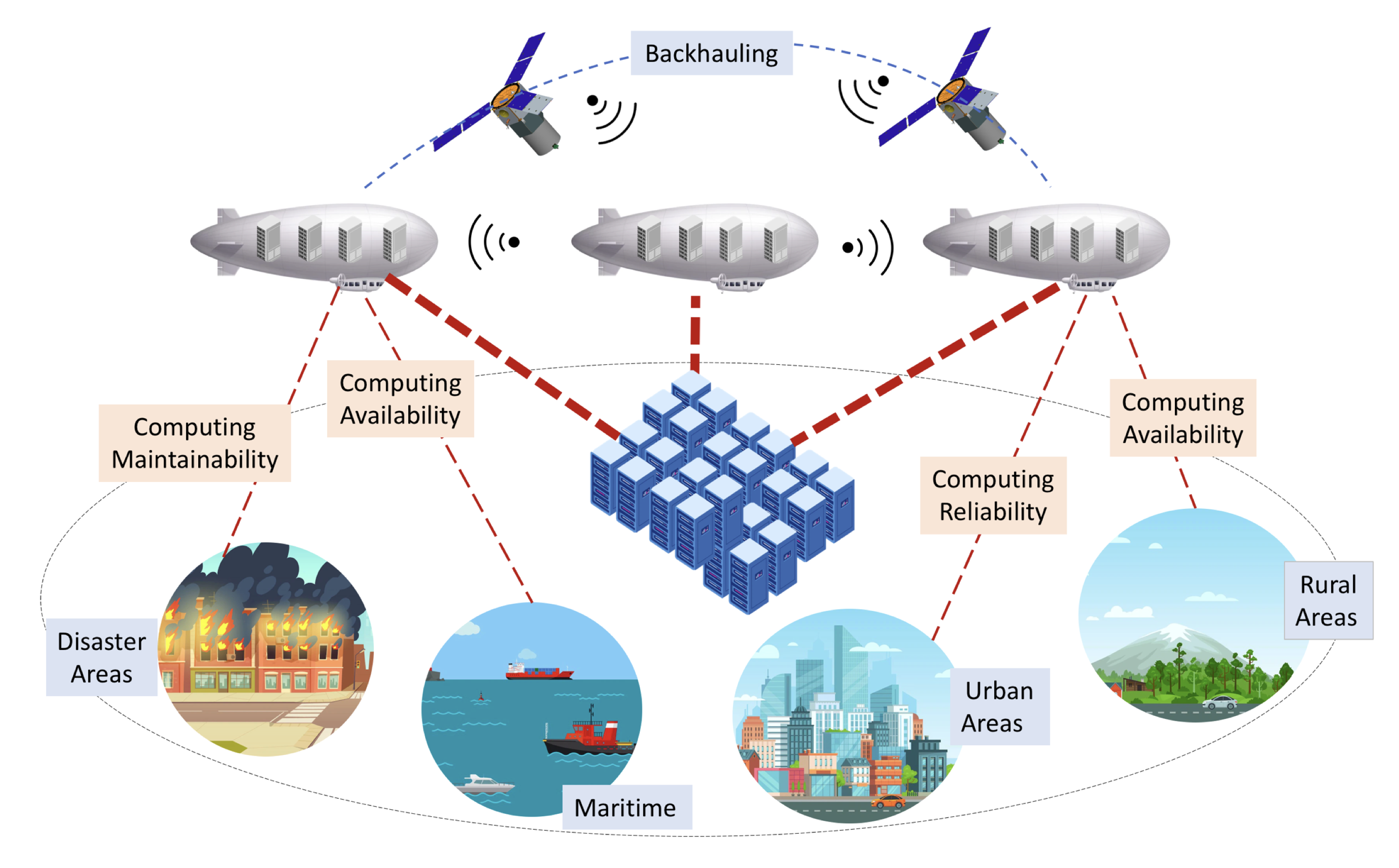Aqua-Fi: The Internet of Underwater
In this project we implement and deploy Aqua-Fi as a novel underwater system that facilitates internet-connected applications. It is flexible, low cost and low power. The system characteristics involve an uplink data rate of 1.6 Mbps and downlink data rate of 690 Kbps for commands, status correction and overrides, over a distance of 2 meters. Aqua-Fi was first developed using basic LEDs to achieve low cost and simple implementation and then later enhanced to employ bi-directional lasers to facilitate longer coverage and higher link rates.
Underwater Video Communications
The specific scientific objectives of the project are as follows. First, to characterize the statistics of fading in UOWC channels and analyze the corresponding system performance. Second, to develop a novel high speed GaN-based laser diode that can be directly modulated to >2.5GHz, and produces 0.5W optical power, low beam divergence at a single frequency that match the highest transmission wavelength of red sea water. Third, to develop a low-cost, energy-efficient transceiver for UOWC systems supporting high data rate (i.e. up to 1 Gbps and wider transmission coverage up to 1 kilometer). Finally, to build a prototype and perform system testing and debugging to ensure smooth reliable operations in the Red Sea.




